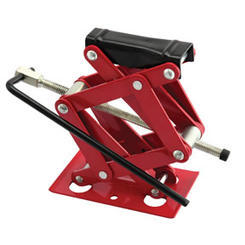mousecheese
Mechanical
Hello, I have some questions about the scissor jacks. Is it the friction between the lead screw thread and the two nuts at the front and back sides of the jack? What type of friction is helping the jack to uphold the load to a specified weight without collapsing? Is there a formula? Thanks

